Ever get confused when it comes to the many different types of camera lenses? Let’s make it simple!
Even if you’ve been in the photography world for years, you may not be experienced with many different types of camera lenses. The truth is, lenses are expensive, so we often choose a type of photography and then pick a few lenses that work with our vision. It can be useful to try different types of camera lenses for different perspectives and composition. We are going to break down the different options you have when it comes to expanding your lens arsenal! Here’s a great cheat sheet for knowing what lens is good for what type of photography!
| FOCAL LENGTH | TYPE OF LENS | TYPE OF PHOTOGRAPHY |
| 8-24mm | 0Fisheye (Ultra-wide) | Panoramic shots, cityscapes, landscape, real estate, abstract. |
| 24-35mm | Wide Angle | Interiors, landscapes, architecture, forest photography. |
| 35, 50, 85, 135mm | Standard Prime | Portraits, weddings, street/documentary photography. |
| 55-200mm | Zoom | Portraits, weddings, wildlife photography. |
| 50-200mm | Macro | Ultra detailed photography (rings, nature.) |
| 100-600mm | Telephoto | Sports, wildlife, astronomy. |
Standard Prime Lenses

Prime lenses are a fixed focal length. That means that if you choose a 35mm lens, it will ONLY give you a 35mm perspective (meaning you can’t zoom in and out). You can only shoot from one length, meaning you have to move your physical body to get wide shots vs close ups. Primes (“fixed lenses”) tend to work for ALL types of photography, specifically street photography, portraits, weddings, landscape, etc.
This shows the different perspectives given the different focal lengths you may choose. A 24mm lens will give you the widest view, while a 135mm will crop in much closer! (Remember that if you have a crop sensor camera, these fixed focal lengths are about 1.5x longer.)
Types of Standard Prime Lenses: 24mm, 35mm, 50mm, 85mm, 135mm, 200mm

Pros:
- Usually deliver sharper images overall, compared to zoom lenses.
- Light weight.
- Better in low light conditions.
- Great for general photography from interiors, to landscapes and portraits.
Cons:
- Fixed length, won’t zoom.
- The need to carry multiple lenses.
Zoom Lenses
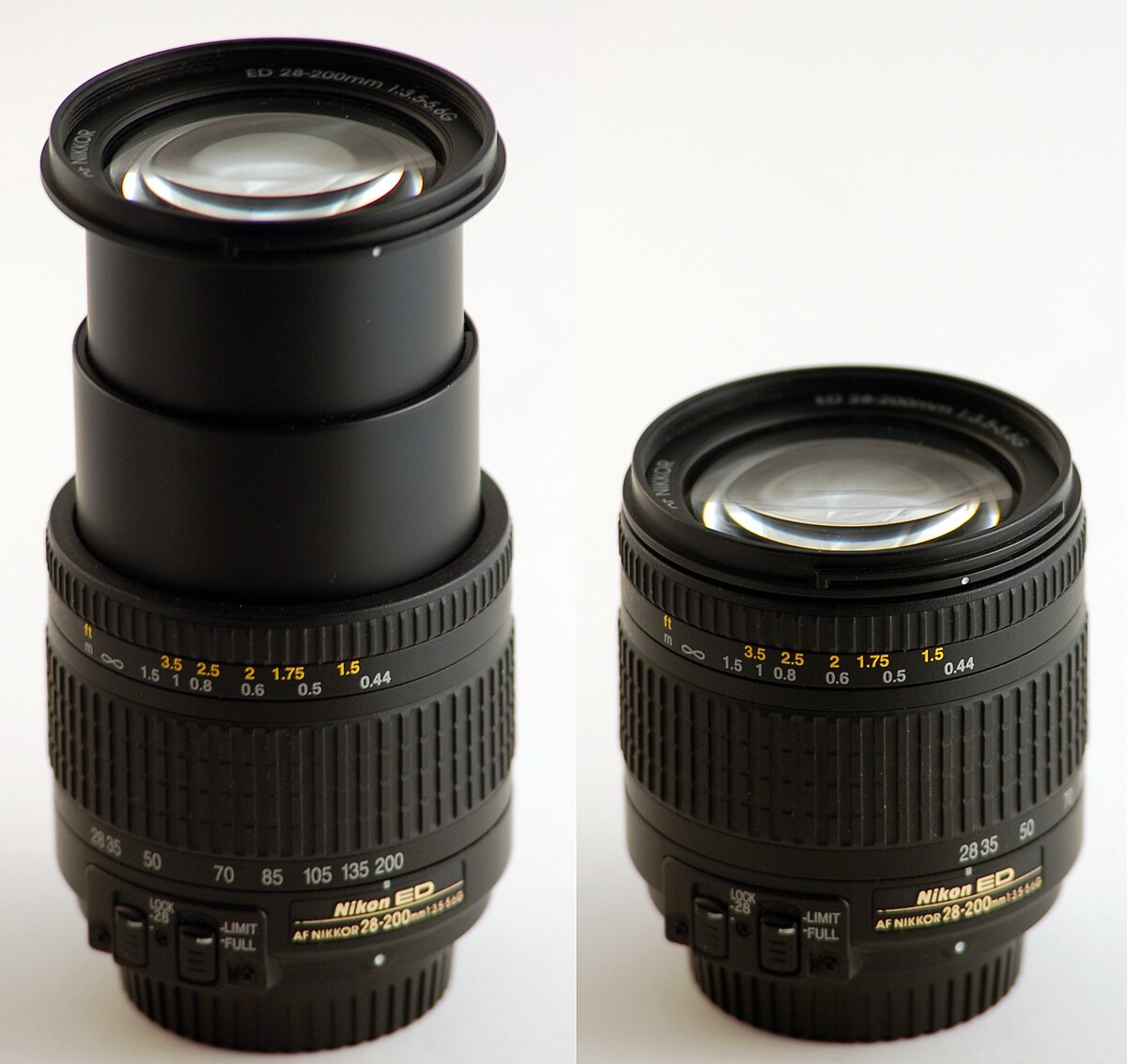
Zoom lenses are great due to their extreme versatility! These lenses allow you to stay in one place (no running around or twisted ankles) and zooms to multiple focal lengths with one auto focus function! A popular zoom lens is the Canon 70-200mm, which means it can zoom as far out as 70mm and up to 200mm (and every focal length in between)! What’s really cool is that zoom lenses (if on auto focus) can maintain that focus while you change your focal length, which means you can snap quickly!
Types of Zoom Lenses: 17-40mm, 24-105mm, 70-200mm
Pros:
- Zoom capabilities, meaning you get multiple focal lengths in ONE lens.
- It allows you to stay in one position while using the zoom feature.
- GREAT for weddings, portraits and wildlife photography.
Cons:
- Heavy.
- Not as sharp as prime lenses.
- Typically higher aperture, meaning many zoom lenses won’t go below f/2.8 (creating less compression/bokeh).
Wide Angle Lenses

Wide angle lenses are pretty self explanatory, they allow you to gain a wider field of view. Landscape photographers tend to use these lenses to make sure they get the full scene of what they are photographing. Keep in mind that the lower the number focal length, the more that will fit in your frame. Wide angle lenses tend to distort photos (especially of faces), which can fixed moderately post-processing. They are very versatile lenses and tend to be really affordable.
Types of Wide Angle Lenses: 14mm, 20mm, 21mm, 24mm, 28mm, 35mm

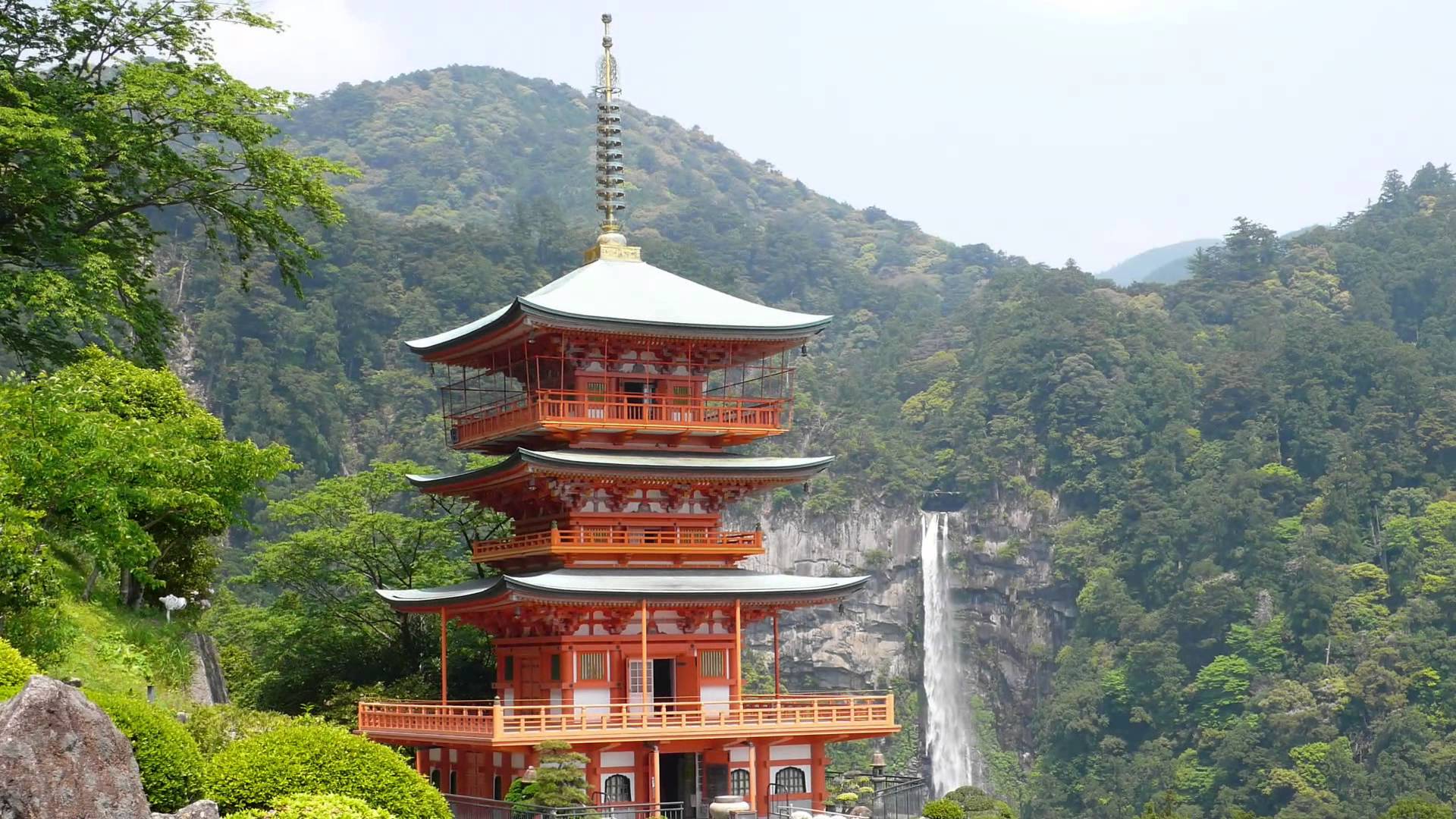
Pros:
- Lightweight, great for hiking and throwing in a backpack!
- More depth of field, creating more in focus images.
Cons:
- Not great for achieving compression (also known as bokeh or a blurry background).
- Can create distorted images.
Telephoto Lenses

The speciality of telephoto camera lenses are that they are used to photography subjects/scenes from a very far away! Some telephoto lenses can also zoom, meaning they don’t necessarily fall into the fixed focal length “prime” category. Telephoto lenses are the best when it comes to photographing nature and wildlife (basically when you don’t want to irritate the majestic lion that seems on the hungry side). It’s perfect for planet/star photography and for photographing sports (like surfing or from the sidelines of a football game).
Types of Telephoto Lenses: 70-300mm, 100-400mm, 300mm, 400mm, 600mm
Pros:
- Great for wildlife, sports and astronomy photography!
- You can shoot in one stationary position.
- Shallow depth of field, meaning more great blur in the background!
Cons:
- They tend to be heavy, and often require the use of a tripod.
- Really expensive!
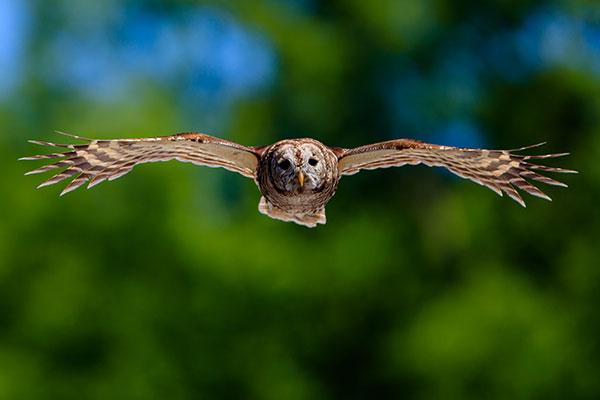
Fisheye Lenses
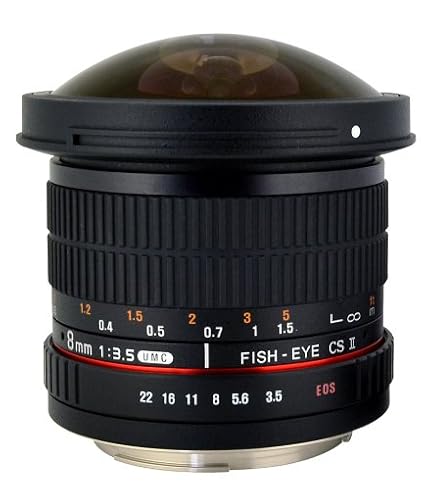
Fisheye lenses are basically ultra wide angle. These very specific lenses are most often used in abstract photography, and allows you to capture the most panoramic view given by any other type of photography lens. These lenses use a particular type of “mapping” that purposely distort lines given a more convex appearance. As the name implies, fisheye lenses look just like actual fish eyes, giving a panoramic view of anywhere from 100-180 degrees.
Fun fact: Fisheyes are most often used commercially as security camera because they offer the widest view!
This photograph, by fisheye master Larry Beard, is abstract photography on fire.
Types of Fisheye Lenses: Any range from 8-24mm
Pros:
- Ultra-wide field of view, and panoramic features.
- Perfect for small spaces or wide landscapes.
- A great lens for abstract photography!
Cons:
- Very specific uses, not great for portraits.
- Major line distortion.
Macro Lenses
Macro camera lenses are used for extreme close ups! These Macro lenses will show details of fine hairs on insects, water droplets on plants, or detailed shots of diamond rings. It’s main goal is to reproduce a life size 1:1 image of your subject. Other lenses simply don’t let you get up close to focus so precisely.
Types of Macro Lenses: Variety of prime focal lengths ranging from 50-200mm.
Pros:
- Allows for extreme detailed shots (nature shots, wedding details, snowflakes, etc). Very precise!
- Get magnification of subject (up to 5x it’s actual size).
- Best quality image.
Cons:
- Limited use (not necessarily great for portraits or general photography.
- They tend to be expensive.
- Reported focusing issues (long focusing times and slower shutter speed).
There are great options for renting lenses, to avoid any buyer’s remorse if you discover that you don’t like a lens. Some photographers LOVE zoom lenses while others find them cumbersome, just like others shoot only with fisheye lenses and find their niche in that area of abstract photography. The point is, much like our individual identity, lens choices are very personal and there is no ONE right lens for any subject. Enjoy the process of choosing the perfect fit for you and your artistic personality!


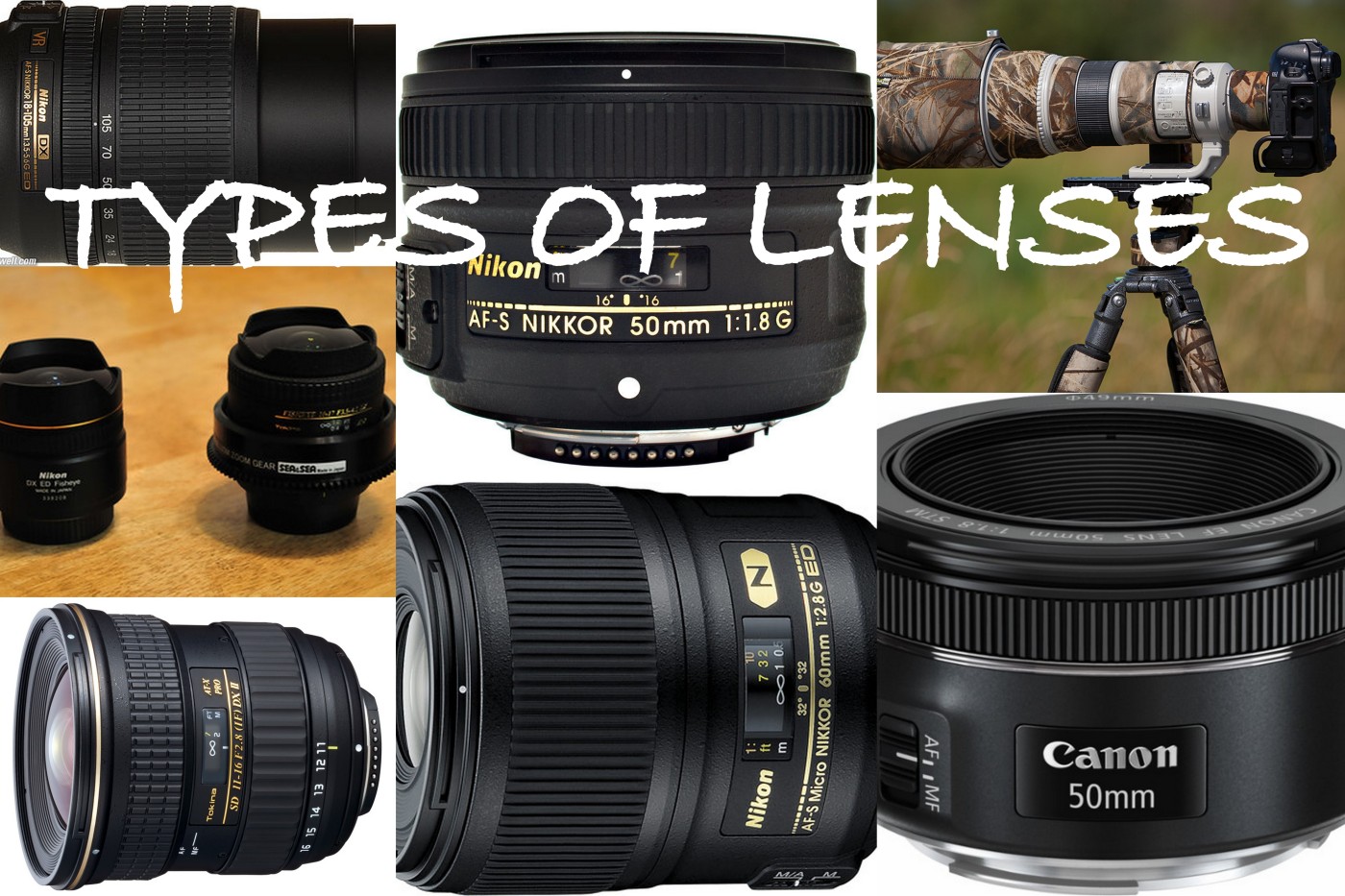
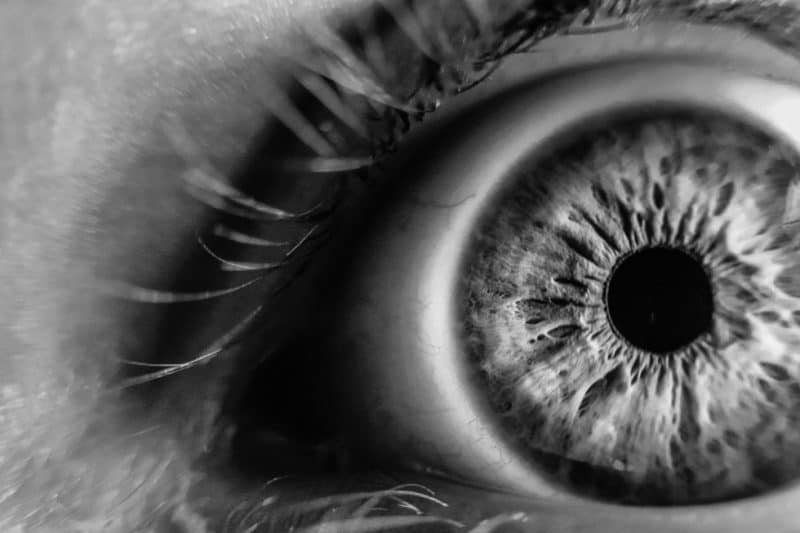
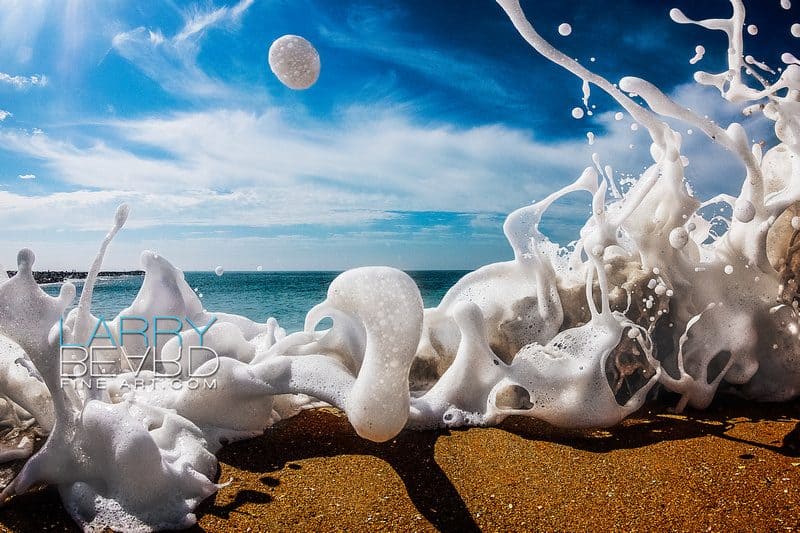
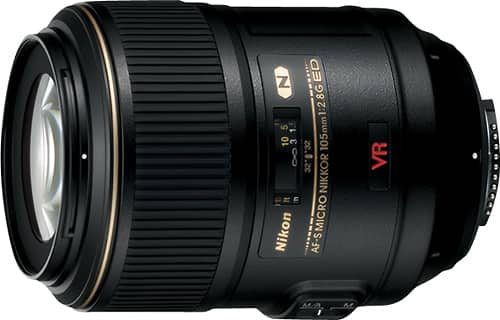
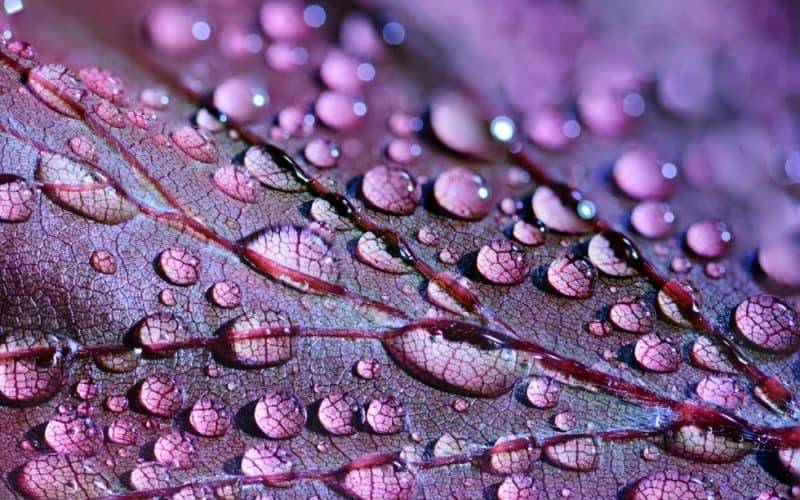
1 Comments
video ayam sabung sabung ayam pukul mati
ReplyDelete